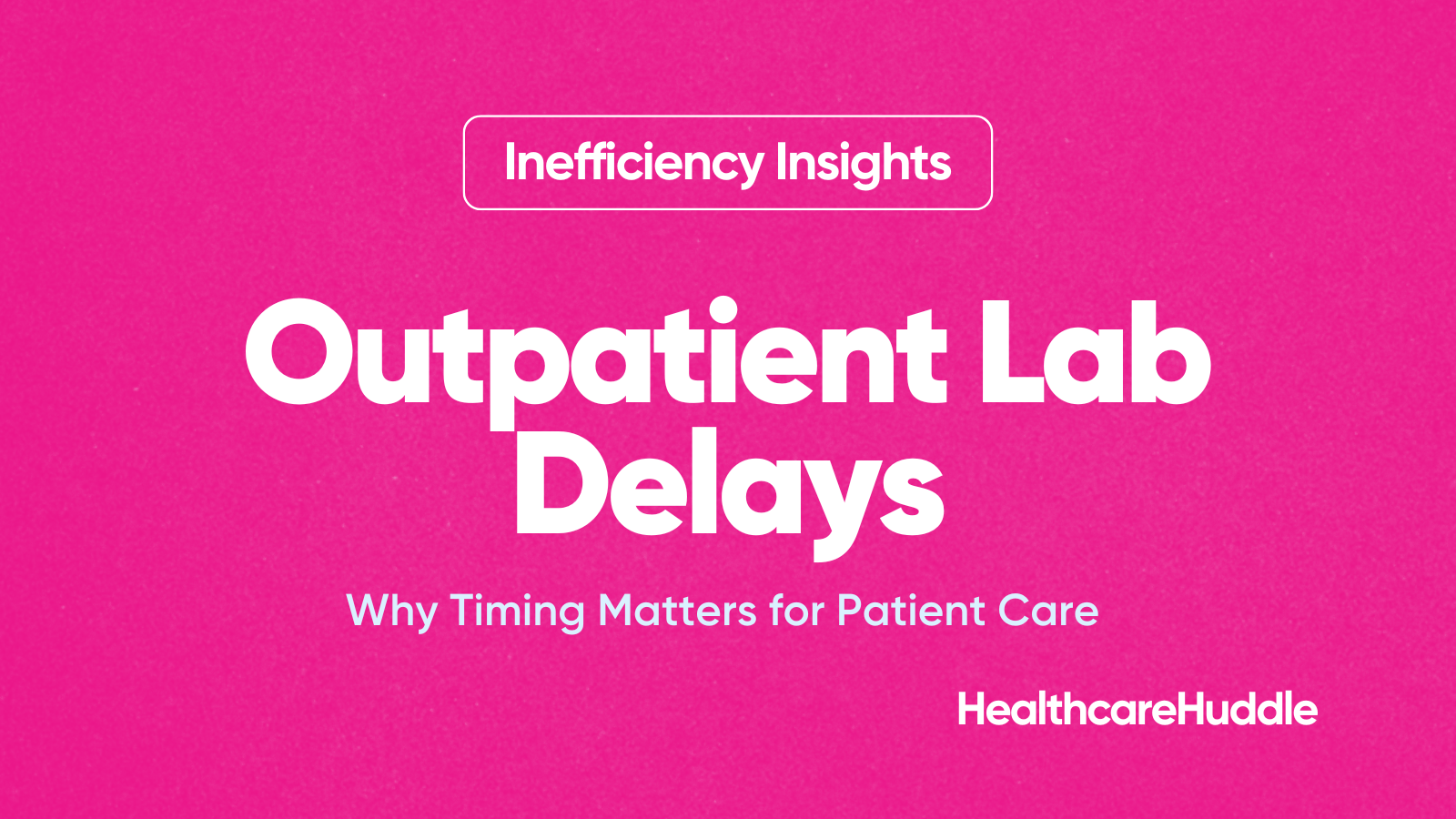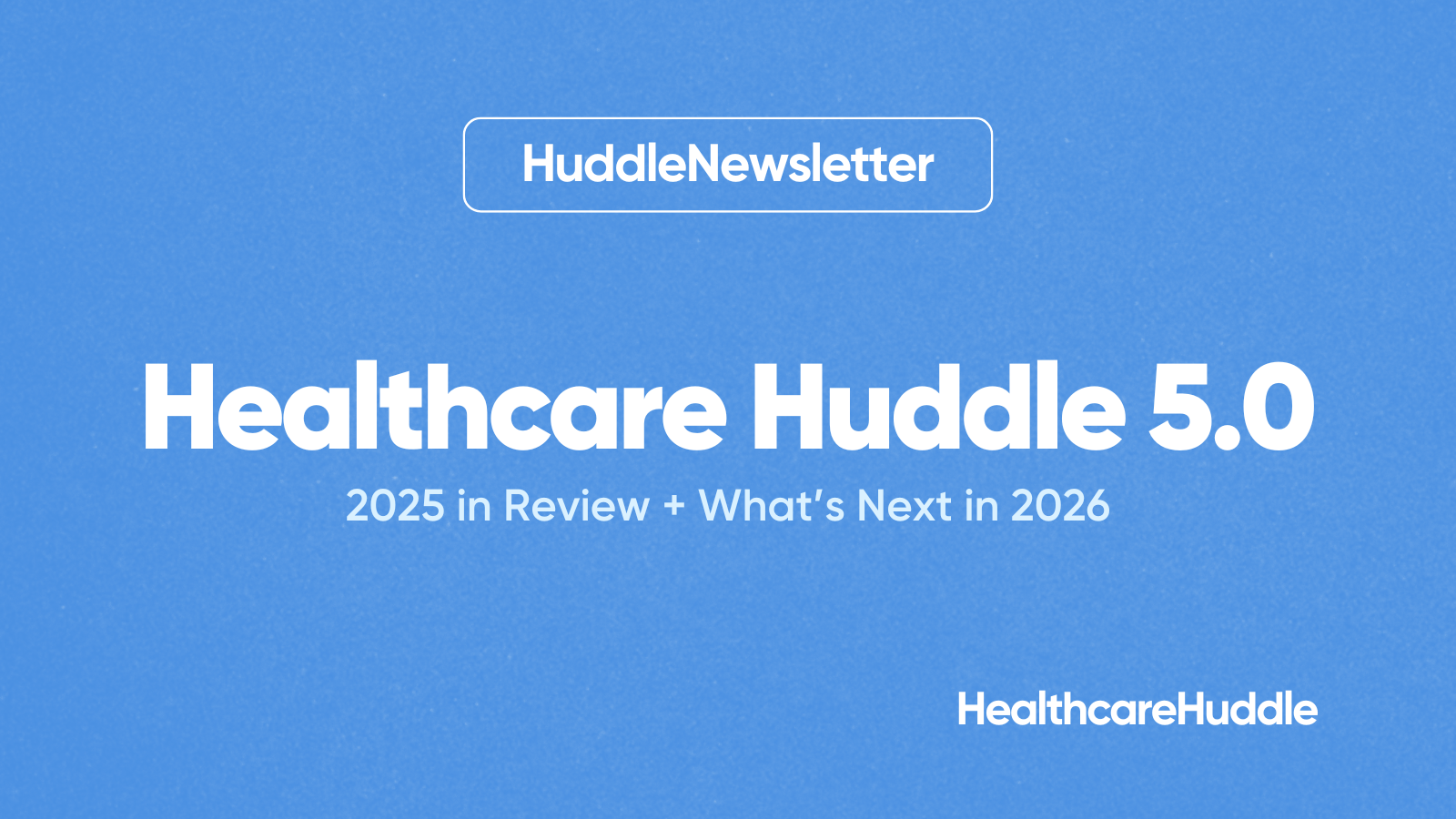Amazon Web Services launched HealthScribe, a generative AI service that can listen to physician-patient conversations and create text-based summaries or notes.
It was only a matter of time before Amazon followed competitors like Microsoft to enter the AI-backed clinical documentation arena. And we kind of got the hint that HealthScribe would launch back in April, after hearing about the 3M and AWS partnership to develop ambient documentation.
In this article, I’ll describe HealthScribe’s features, highlight the clinical documentation market, and provide my take on Amazon’s latest healthcare move.
The Deets
Amazon Web Services HealthScribe uses speech recognition and generative AI to produce transcripts and summaries of physician-patient conversations that can be added to the EHR note. As of now, HealthScribe will be limited to general medicine and orthopedics for use.
Here are some key features, according to the website:
Summarized clinical notes: generate chief complaint, HPI, and assessment and plan sections based on key details from physician-patient conversations.
Rich consultation transcripts: turn-by-turn transcript with the capability for HealthScribe to identify and differentiate between physician and patient.
Transcript segmentation: differentiation between small talk, subjective, and objective parts of the physician-patient conversation.
Evidence mapping: each sentence in the summarized note is referenced to the original segment of the conversation, allowing for easy fact-checking.
Structured medical terms: HealthScribe can identify and extract key medical terms to generate workflow suggestions and provide relevant reading material.
HealthScribe costs $0.10 per minute. So, if HealthScribe processes 1,000 15-minute audio transcripts per month for Healthcare Huddle Physician Associates, that’d equate to $1,500 per month.
Note, though, that HealthScribe isn’t a ready-to-use tool for clinicians. Rather, HealthScribe is a service for healthcare software providers to build on. Essentially, healthcare software providers would use a single API to use HealthScribe’s features for their own platform. Ian Shakil, founder of ambient clinical documentation company Augmedix, described HealthScribe’s features as such:
HealthScribe is lego bricks for others to build an end product in this space. […] There is no end product here to offer a functional ambient documentation solution for a provider.
AI-based Clinical Documentation Market
AI-based clinical documentation solutions have been around for some time, but have become popular as of late with the advent of generative AI platforms like ChatGPT. The primary goal of these clinical documentation solutions is to optimize clinical workflows, saving physicians and providers hours of routine, mundane tasks each day.
I wrote an article on generative AI platforms back in June where I covered some of the market moves since ChatGPT was launched in November 2022. Here’s a recap below:
Clinical Decision Making
Dr. Dereck Paul and Graham Ramsey introduced Glass Health in 2021 to facilitate knowledge sharing among doctors for clinical decision-making. Their latest innovation, Glass AI, combines a large language model with a curated clinical knowledge database, overcoming limitations typically associated with base large language models like ChatGPT. Glass AI provides reliable, up-to-date treatment plans within seconds, which can significantly improve patient care.
“Copilots”
Digital health company Nabla launched Nabla Copilot, which uses GPT-3 (the large language model for ChatGPT) to transform patient conversations into notes or other outputs. By listening to clinician-patient conversations, Nabla Copilot generates prescriptions, follow-up appointment letters, and consultation summaries, relieving clinicians of these tasks.
Suki, another company, integrated its AI voice assistant, Suki Assistant, into Epic, providing dictation features along with command-following capabilities.
Additionally, Doximity introduced DocsGPT, a ChatGPT tool, to assist physicians in drafting preauthorization and appeal letters to insurers, easing the burdensome pre-authorization process.
Note Generation
Microsoft’s Nuance launched their Nuance Dragon Ambient eXperience (DAX) product, which is a fully automated clinical documentation app, capturing clinician-patient conversations and translating them automatically into notes using ChatGPT-4. DAX is integrated into EHRs, streamlining workflows. Note, this is different than dictation: Nuance is capturing natural (ambient) conversation and transforming it into a clinical note so the clinician doesn’t have to write one.
Similarly, Ambience released Ambience AutoScribe, a fully automated AI medical scribe integrated into EHRs, streamlining workflows by providing real-time notes immediately after patient encounters.
Partnerships
Several strategic partnerships have been formed since November between health tech companies and health systems/EHRs.
Microsoft and Epic are collaborating to develop and integrate generative AI into Epic’s EHRs.
The University of Kansas Health System and Abridge are partnering to bring generative AI-powered medical documentation to over 1,500 practicing physicians.
3M Health Information Systems and Amazon Web Services (AWS) are working together to develop ambient clinical documentation and virtual assistant solutions, which we now know to be HealthScribe.
Nabla’s team recently published a nice overview of some of the above-mentioned companies. Take a look below at the table their team created, and click here for the article.

Dash’s Dissection
HealthScribe is different than the other generative AI clinical documentation companies mentioned above since it’s not an actual platform a physician or physician group can simply purchase. Again, as Ian said, HealthScribe is a service for healthcare services providers to build into their own platform.
3M Health Information Systems (I noted the partnership above) will integrate HealthScribe into its platform. Population health company Babylon and virtual medical scribe provider ScribeEMR will also use HealthScribe. The clinician reach is way over 300,000, allegedly. If we assume all of these clinicians are using a platform built with HealthScribe and they see 20 patients per day for 15 minutes, then HealthScribe is generating $180 million in revenue per month. But this is assuming an ideal world, so I actually expect the revenue will be much less. Also, I’m bad at math, so please correct me if I miscalculated.

Additionally, Amazon recently acquired OneMedical: will HealthScribe integrate with OneMedical’s EHR? If so, then I can imagine a streamlined future where HealthScribe is already thinking two steps ahead of the physician, pending prescriptions orders via Amazon Pharmacy, and writing referrals to One Medical’s health system partners. Before the physician-patient interaction is finished, a tentative plan is made.
The problem with all big tech’s healthcare initiatives is that they have a remarkable history of not succeeding. Smaller companies end up beating big tech because smaller companies are solely focused on healthcare while big tech is doing a million other things. There’s a reason Microsoft chose to acquire ambient clinical documentation company Nuance instead of building its own service from the bottom up. Here’s what Ian added:
Unlike AWS, [Microsoft] tried to build a product, not just lego bricks. It was called EmpowerMD. It failed. This product space is harder than it looks. That’s why they bought Nuance, which has Nuance DAX, which is indeed an end product.
So will HealthScribe flourish by gaining market share among the many healthcare service providers building software? As of now, my take is “probably not.” Companies like Augmedix and Nuance will be the ones pushing the market forward.
In summary, Amazon’s HealthScribe offers a service to streamline clinical documentation by transcribing and summarizing patient-physician conversations. Its model differs as it’s designed for integration into other platforms, not as a standalone product. While partnerships and potential integration with OneMedical’s EHR could expand its reach, the question remains whether it can outperform focused healthcare tech companies and overcome big tech’s historical challenges in healthcare.






